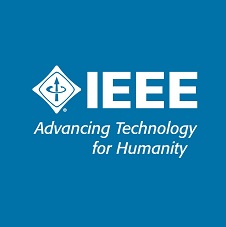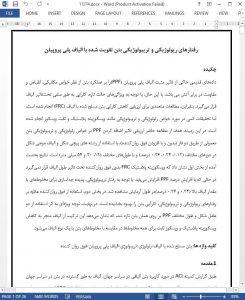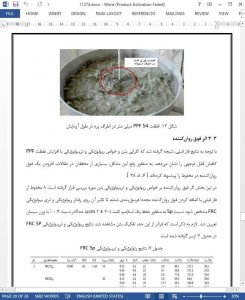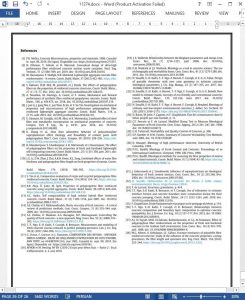Abstract
As the unique identification of a vehicle, license plate is a key clue to uncover over-speed vehicles or the ones involved in hit-and-run accidents. However, the snapshot of over-speed vehicle captured by surveillance camera is frequently blurred due to fast motion, which is even unrecognizable by human. Those observed plate images are usually in low resolution and suffer severe loss of edge information, which cast great challenge to existing blind deblurring methods. For license plate image blurring caused by fast motion, the blur kernel can be viewed as linear uniform convolution and parametrically modeled with angle and length. In this paper, we propose a novel scheme based on sparse representation to identify the blur kernel. By analysing the sparse representation coefficients of the recovered image, we determine the angle of the kernel based on the observation that the recovered image has the most sparse representation when the kernel angle corresponds to the genuine motion angle. Then, we estimate the length of the motion kernel with Radon transform in Fourier domain. Our scheme can well handle large motion blur even when the license plate is unrecognizable by human. We evaluate our approach on real-world images and compare with several popular state-of-the-art blind image deblurring algorithms. Experimental results demonstrate the superiority of our proposed approach in terms of effectiveness and robustness.
I. INTRODUCTION
License plate is the unique ID of each vehicle and plays a significant role in identifying the trouble-maker vehicle. Nowadays, there are lots of auto over-speed detection and capture systems for traffic violation on the main roads of cities and high-ways. However, the motion of vehicle during the exposure time would cause the blur of snapshot image. Therefore, the exposure time (shutter speed) has significant impact on the amount of blur. For video shooting, the exposure time is largely dependent on the illumination situations. In usual outdoor scene with sunshine, the typical exposure time is about 1/300 second. For a vehicle running at 60 miles per hour, during the exposure time, the displacement of license plate is about 9 centimeters which is comparable with the size of the license plate (14 × 44 centimeters in China), i.e., the length of kernel is about 45 pixels when the license plate image is with size of 140×440 pixels and the angle between camera imaging plane and horizontal plane is about 60 degree.
V. CONCLUSION
In this paper, we propose a novel kernel parameter estimation algorithm for license plate from fast-moving vehicles. Under some very weak assumptions, the license plate deblurring problem can be reduced to a parameter estimation problem. An interesting quasi-convex property of sparse representation coefficients with kernel parameter (angle) is uncovered and exploited. This property leads us to design a coarse-to-fine algorithm to estimate the angle efficiently. The length estimation is completed by exploring the well-used power-spectrum character of natural image.











